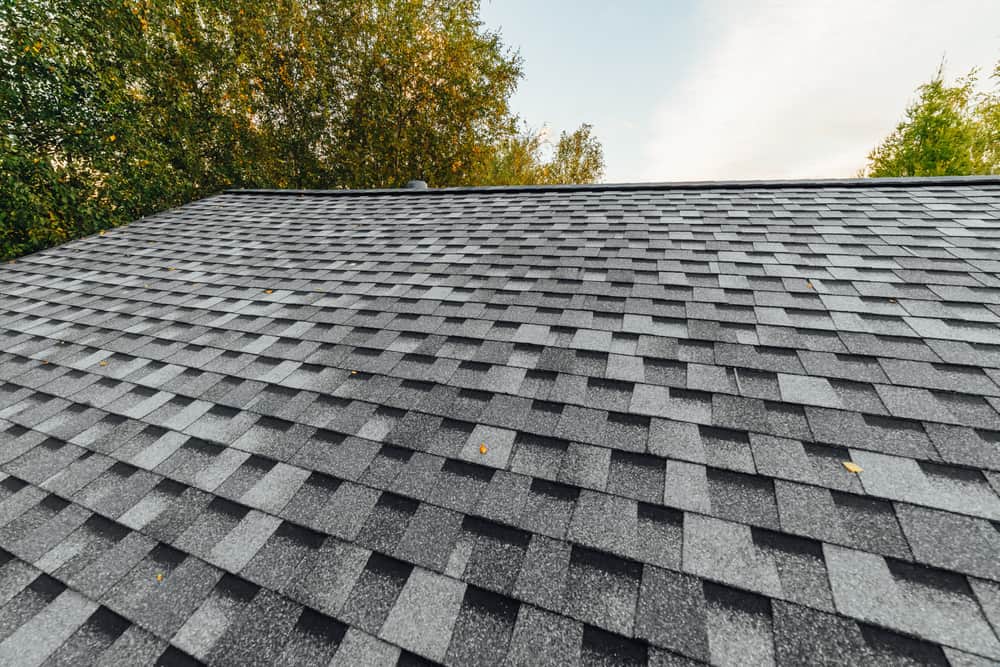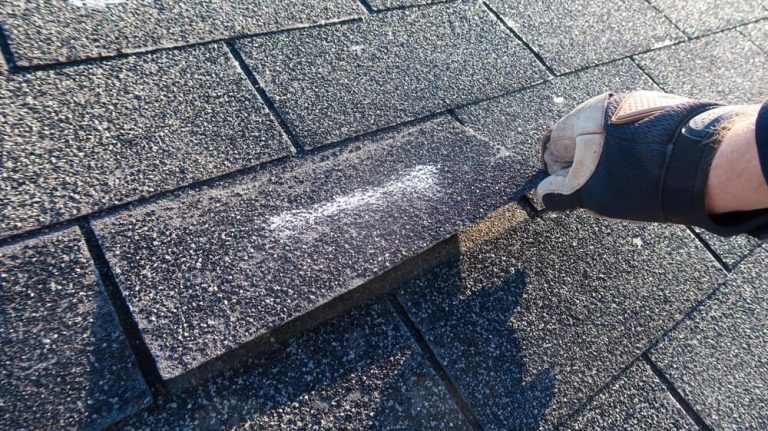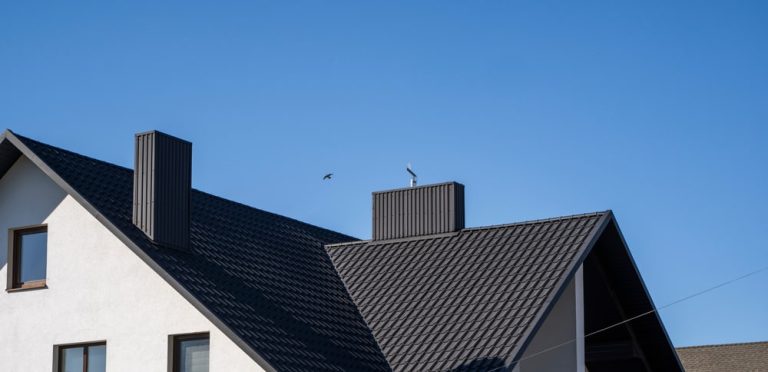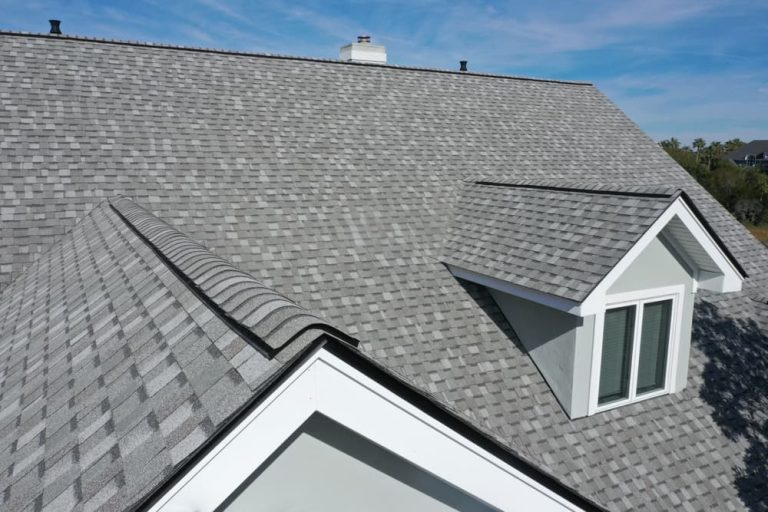Architectural shingles, also known as laminated or dimensional shingles, offer a more durable and aesthetically pleasing alternative to the traditional three-tab asphalt shingles. Designed to replicate the look of natural slate or cedar shake roofing, architectural shingles have gained popularity among homeowners for their ability to enhance a home’s curb appeal. The longevity of these shingles is often a key consideration when choosing roofing materials, as it affects both the investment over time and the protection provided to the structure beneath.
Factors that determine the lifespan of architectural shingles include the quality of the materials, the installation process, and the environmental conditions they are subjected to. Typically, these shingles are expected to last between 25 to 30 years, with some premium products offering warranties for up to 50 years. However, extreme weather patterns, inadequate ventilation, and poor roof maintenance can significantly shorten this expected lifespan.
Maintenance plays a crucial role in maximizing the durability of architectural shingles. Regular inspections and prompt repairs can help to prevent minor issues from escalating into major damage. Furthermore, choosing reputable brands and professional installation can lead to more resilient roofing systems that stand the test of time, providing homeowners with peace of mind and a long-term roofing solution.

Basics of Architectural Shingles
Architectural shingles, also known as laminated or dimensional shingles, offer enhanced durability and a more aesthetic appeal than regular three-tab shingles. They are a popular choice in residential roofing for their balance of longevity, cost-effectiveness, and visual variety.
Definition and Characteristics
You might be asking yourself, “What are architectural shingles?” Architectural shingles are high-quality roofing materials known for their distinctive, dimensional appearance. Unlike the flat, uniform look of traditional three-tab shingles, architectural shingles have a layered, three-dimensional texture. Here are some defining characteristics:
- Durability: They are designed to withstand harsh weather conditions, including strong winds and heavy rain.
- Appearance: Offers a variety of colors and patterns resembling natural materials like slate or wood shakes.
- Weight: Thicker and heavier than standard shingles, providing additional protection to the roof.
- Lifespan: Typically, they last longer than three-tab shingles.
Materials and Construction
Architectural shingles are typically made from a fiberglass mat base with ceramic-coated minerals embedded into water-resistant asphalt. The materials and construction process contribute directly to their functionality and aesthetics:
- Base Material: Fiberglass provides a strong foundation that is resistant to tearing.
- Top Layer: The top layer of asphalt is embedded with mineral granules that contribute to durability and UV protection.
- Construction: Multiple layers are laminated together to create a contoured, more substantial shingle.
Architectural shingles’ layers are bonded together with asphalt sealant, enhancing their resistance to wind uplift and overall structural integrity. Their durability and construction offer homeowners a long-lasting roofing solution.
Durability Factors of Architectural Shingles
The longevity of architectural shingles is determined by various critical factors, including the material quality, the local climate, and how they are installed.
Quality of Materials
The quality of materials is a primary factor in the durability of architectural shingles. Manufacturers use different types of asphalt, matting, and granule materials, which significantly impact longevity. For example, shingles with higher-grade asphalt tend to be more resilient to weathering, while those with a fiberglass matting offer increased durability and tear resistance. The density and quality of the ceramic-coated granules that protect against UV rays also play a crucial role.
Climate Impact on Longevity
Climate is a major factor that affects how long architectural shingles last. Regions with intense sunlight, large temperature swings, or severe weather conditions can lead to quicker degradation. Shingles in cooler, mild climates generally last longer compared to those in areas where they are exposed to:
- Harsh sunlight leading to UV damage
- Strong winds that can uplift or tear shingles
- Heavy rain or hail that can weaken or damage the surface
Installation Technique
The installation technique is critical to the longevity of architectural shingles. Proper installation by a professional can prevent common issues such as:
- Incorrect nailing, which can lead to wind uplift and damage
- Inadequate ventilation, which can cause heat and moisture buildup
It is essential that the roofing contractor follows the manufacturer’s guidelines to ensure optimal performance and longevity. Each layer must be correctly aligned and secured to protect against the elements and ensure a long-lasting roof.
Expected Lifespan
Architectural shingles, also known as dimensional or laminate shingles, offer a more durable and aesthetic roofing solution than traditional three-tab shingles. Their multi-layered structure and quality materials contribute to a longer lifespan.
Average Lifespan Range
Typically, architectural shingles last anywhere between 25 to 30 years under normal weather conditions. Several factors influence this range, including climate, maintenance, and installation quality. For instance, architectural shingles in a mild climate with regular maintenance may edge toward the upper end of this range.
Warranty Periods
The warranty periods for architectural shingles may vary significantly based on the manufacturer. Standard warranties often range from 30 to 50 years. It is important to note that some manufacturers offer limited lifetime warranties. Warranty details:
- Standard Warranty: Typically ranges from 30 to 50 years.
- Limited Lifetime Warranty: Covers certain defects for the lifetime of the product as long as the original purchaser owns the home.
Maintenance and Longevity
Architectural shingles are designed for durability, but their lifespan can be significantly affected by maintenance and exposure to elements. Proper care can extend their life up to 30 years.
Routine Maintenance Tips
- Inspections: Homeowners should conduct annual inspections to check for shingle damage, moss growth, and debris in gutters.
- Cleaning: Gently cleaning the shingles removes harmful moss and algae. However, one must avoid high pressure washing which can damage the shingles.
- Ventilation: Ensure proper attic ventilation to combat heat and moisture that can prematurely age shingles.
Common Problems and Solutions
- Curling Shingles: This can be due to poor ventilation or high attic temperatures. Improving ventilation is a common solution.
- Lost Granules: Over time, shingles may lose granules, reducing their effectiveness. If granule loss is significant, replacing the affected shingles is recommended.
- Leaks: Regularly checking for leaks in the attic after severe weather can prevent long-term damage. Prompt repairs to the roof deck and shingles can mitigate water damage.
End of Life and Replacement
Architectural shingles are durable, but they do not last indefinitely. Their lifespan is influenced by various factors, and when they reach the end of their service life, property owners should prepare for replacement to maintain the integrity of their roofing system.
Signs of Shingle Wear and Failure
- Visual Indicators: Look for curling, cracked, or missing shingles which suggest deterioration.
- Granule Loss: Bald spots where granules are missing expose the shingle’s base material.
- Leaks: Water infiltration in the attic or stains on ceilings could indicate failing shingles.
- Age: If the shingles are nearing the end of their expected lifespan, typically 20-30 years for architectural shingles, it may be time to plan for replacement.
Considerations for Re-roofing
- Materials: Choose shingle options based on climate, home style, and budget.
- Ventilation and Insulation: Proper attic ventilation and insulation can extend the new roof’s lifespan.
- Professional Inspection: Have a certified roofer assess the roof to ensure all issues are identified before re-roofing.
- Warranty: Select shingles with a strong manufacturer’s warranty and understand its terms.
When Should You Replace Your Shingles?
When it comes to the end of life for architectural shingles, homeowners should be vigilant in recognizing the signs that their roofs may need replacement. Aside from the obvious visual cues such as curling or missing shingles, there are more subtle indicators that can signal the need for attention. For example, an increase in the amount of granules found in gutters could suggest that the shingles are beginning to break down. Additionally, if the roof has experienced multiple repairs or has sustained significant storm damage, it may be more cost-effective in the long run to opt for a full replacement rather than continuing with spot repairs.
The decision to replace a roof is not one to be taken lightly, as it represents a significant investment in the home. Therefore, it’s crucial to consider not only the materials and their suitability for the local climate but also the qualifications and reputation of the roofing contractor. A well-executed installation can greatly extend the life of a new roof, while poor workmanship can lead to premature failure and additional costs.
In planning for a re-roof, one should also consider the potential for energy savings. Modern architectural shingles often come with energy-efficient options that can reflect more UV rays and reduce heat absorption, leading to lower cooling costs in the summer. Additionally, ensuring that the roof is properly insulated and ventilated will help maintain a consistent temperature, reducing the strain on heating and cooling systems and potentially extending the life of the shingles.
Finally, understanding and keeping track of the warranty offered by the shingle manufacturer is essential. Homeowners should be aware of what the warranty covers, any conditions or maintenance requirements, and the process for filing a claim should a problem arise. With proper care, a high-quality architectural shingle roof can protect and enhance a home for many years, making it a wise investment for the discerning homeowner.













